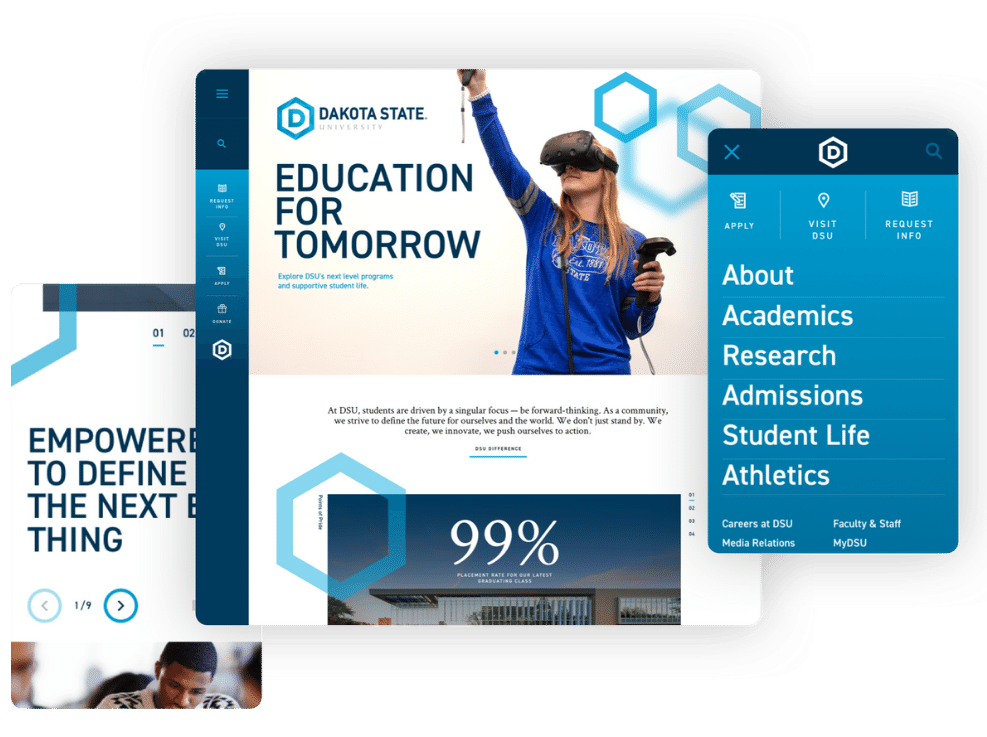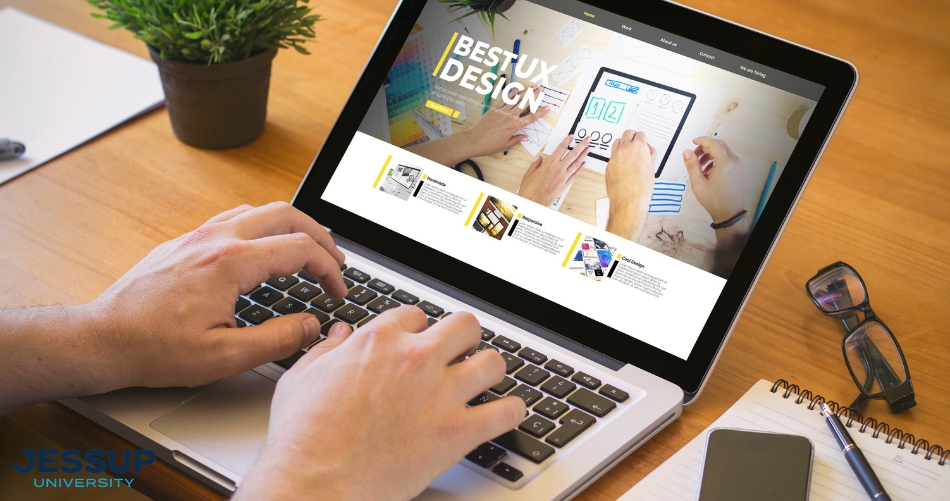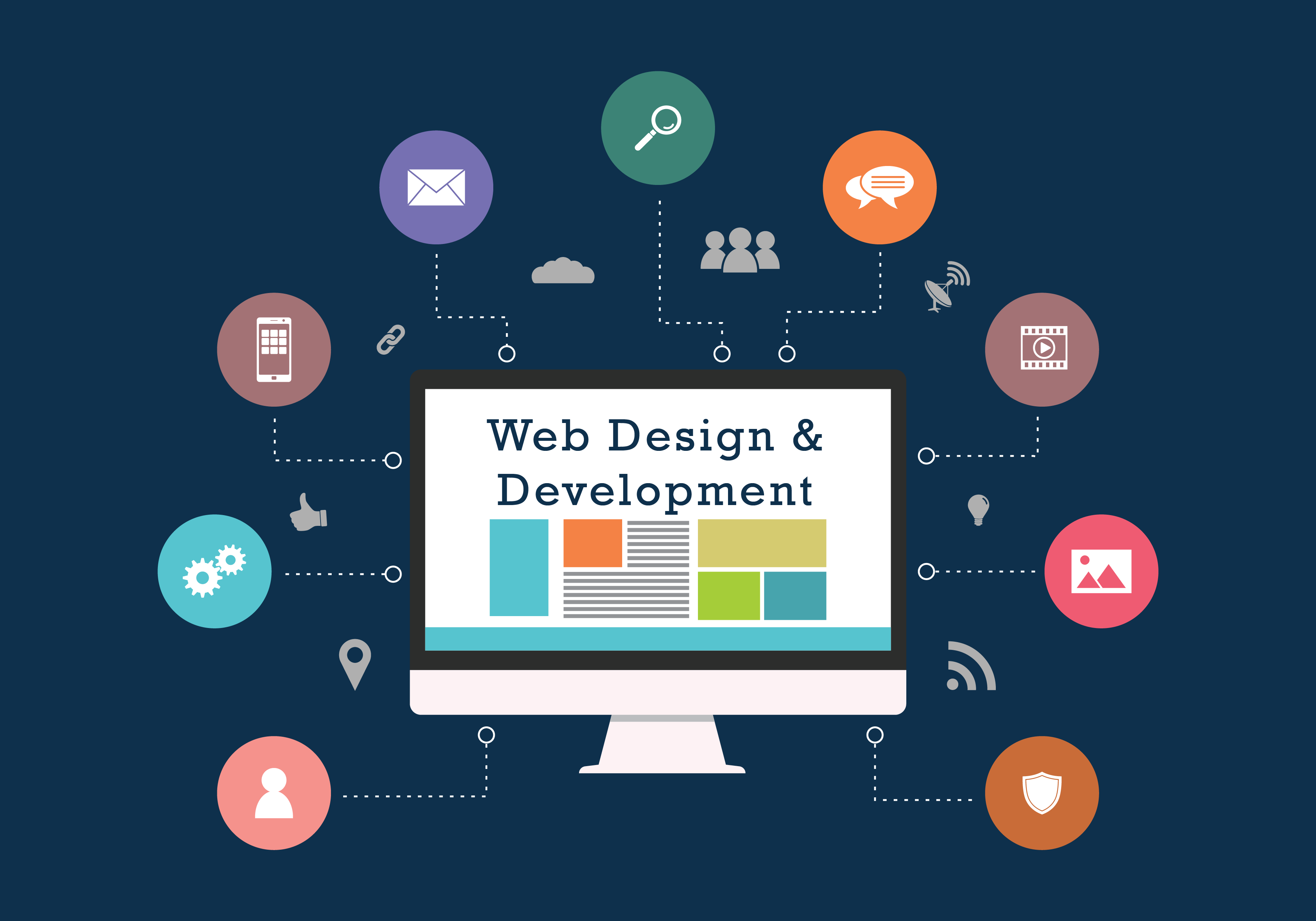Maximize User Experience With Innovative Website Style Solutions
In today's digital landscape, optimizing individual experience through ingenious site layout options is essential for organizations looking for to involve their audience effectively. By welcoming user-centric style principles, companies can produce interfaces that not only fulfill user requirements however additionally boost overall contentment. Secret variables such as receptive designs, instinctive navigation, and reliable visual power structure play an important role in this process. Nevertheless, the assimilation of interactive aspects can additionally boost the user journey, prompting a reevaluation of standard layout techniques. What approaches might arise when we take into consideration the developing assumptions of customers?
Comprehending User-Centric Design

To implement user-centric design efficiently, it is crucial to carry out complete research study, consisting of customer interviews, surveys, and functionality screening. These research study approaches supply useful data that educates layout decisions, making certain that the end product lines up with individual expectations. In addition, creating customer identities can aid developers visualize and empathize with the end-users, directing the style procedure towards much more relevant options.
Additionally, repetitive layout is a vital element of user-centric methods. By continually screening and refining designs based on user responses, developers can identify pain factors and locations of enhancement, causing an extra refined final item. Inevitably, user-centric style is not merely a stage in the development process however a continual dedication to prioritizing individual needs, resulting in more efficient and interesting electronic experiences.
Importance of Responsive Layouts
As digital interactions significantly take place across a variety of devices, the relevance of receptive formats can not be overstated. A receptive design guarantees that a website adapts perfectly to different display dimensions, from desktop computer monitors to smart devices. This adaptability is critical in today's multi-device landscape, where individuals anticipate a interesting and consistent experience no matter how they access material.
The primary benefit of responsive design is improved customer satisfaction. When an internet site is maximized for all gadgets, it lessens the need for zooming, scrolling, or horizontal navigating, which can lead and frustrate users to greater bounce prices. In addition, search engines like Google focus on mobile-friendly internet sites in their ranking algorithms, making receptive layouts vital for efficient SEO approaches.
Rather of handling different versions of a website for various devices, a solitary, fluid layout can be customized, saving time and sources. Inevitably, investing in receptive layouts is not simply a trend; it is an essential concept of contemporary web style that dramatically boosts individual experience and interaction.
Enhancing Navigating and Ease Of Access
Reliable navigation and ease of access are pivotal elements of a properly designed site, substantially affecting individual engagement and fulfillment. An user-friendly navigating framework permits visitors to find information rapidly and with ease, reducing stress and raising the probability of repeat check outs. Carrying out clear, detailed labels for navigating links, along with a sensible pecking order, can direct users perfectly with the web site.
Availability is just as vital, guaranteeing that all users, despite their abilities or impairments, can connect with the website effectively. This can be achieved via making use of proper shade contrasts, text sizes, and alt text for images, which with each other enhance the experience for visually impaired customers. Furthermore, including keyboard navigation and screen reader compatibility broadens access for customers with diverse requirements.
Normal functionality testing can offer useful insights into navigating efficiency and access problems. By gathering feedback from genuine individuals, designers can determine pain points and make enlightened adjustments. Inevitably, prioritizing navigation and accessibility not only promotes inclusivity however additionally grows a favorable individual experience, reinforcing the brand's dedication Check This Out to high quality and individual treatment in an increasingly electronic landscape.
Using Visual Power Structure Properly
Aesthetic pecking order acts as a leading framework in site style, routing users' attention to the most essential components on a page. By strategically organizing aesthetic elements such as typography, spacing, and shade, developers can develop a clear path for individuals to follow. This framework not just improves customer experience but also enhances content understanding.
One reliable means to establish aesthetic power structure is through the usage of dimension and range. Bigger elements naturally attract more focus, making headlines and key visuals prominent. Matching this technique with contrasting colors can additionally separate key content from secondary information, making sure that crucial info stands apart.
Additionally, the plan of aspects plays an essential duty in assisting customer interaction. Employing a grid design can develop a natural circulation, while whitespace assists to different content and lower cognitive lots - Website Design. This intentional spacing permits individuals to process details much more easily, causing enhanced interaction
Lastly, making use of consistent layout patterns helps enhance visual pecking order, giving users with acquainted cues as they navigate the website. By prioritizing these concepts, developers can effectively take full advantage of user experience, making sure that site visitors can easily find the info they seek.
Integrating Interactive Elements
The consolidation of interactive components into site style can significantly enhance individual interaction and general experience. Interactive functions such as sliders, tests, and surveys not just captivate customers however additionally advertise energetic engagement, making the searching experience more remarkable. By encouraging individuals to engage, sites can properly keep interest and reduce bounce prices.
Moreover, incorporating dynamic material like animations and hover effects includes an enticing layer of interactivity. These aspects can assist users with ease through the site, highlighting vital info and calls to action. For circumstances, computer animated switches can draw interest and boost click-through prices.
Additionally, customization with interactive tools such as chatbots or referral engines permits sites to deal with private choices, promoting a sense of connection. This tailored method not only enhances individual fulfillment but additionally motivates repeat sees.
Including analytics tools to track communications provides valuable understandings into customer actions, enabling constant renovation of the interactive aspects. Inevitably, a well-designed interactive experience changes an easy browsing session into an interesting trip, leading to enhanced individual satisfaction and commitment. Integrating interactive aspects is vital for optimizing user experience in modern website design.
Conclusion

In today's electronic landscape, taking full advantage of customer experience via cutting-edge internet site design options is critical for businesses seeking to involve their target market efficiently. Ultimately, focusing on navigation and availability not just promotes inclusivity yet also cultivates a favorable individual experience, strengthening the brand name's dedication to high quality and individual treatment in an increasingly electronic landscape.

In conclusion, taking full advantage navigate to this website of user experience with cutting-edge web site style options demands a commitment to user-centric concepts. Website Design.